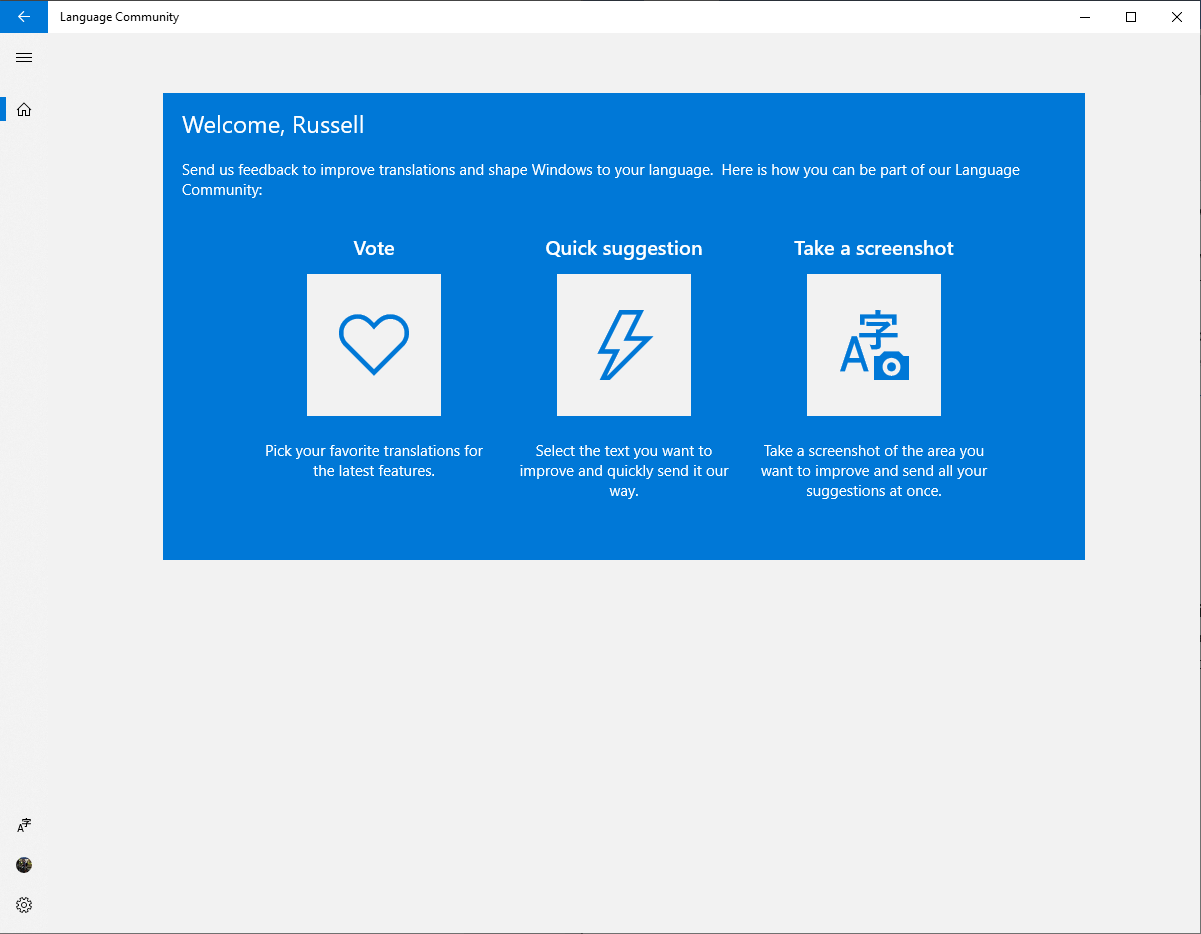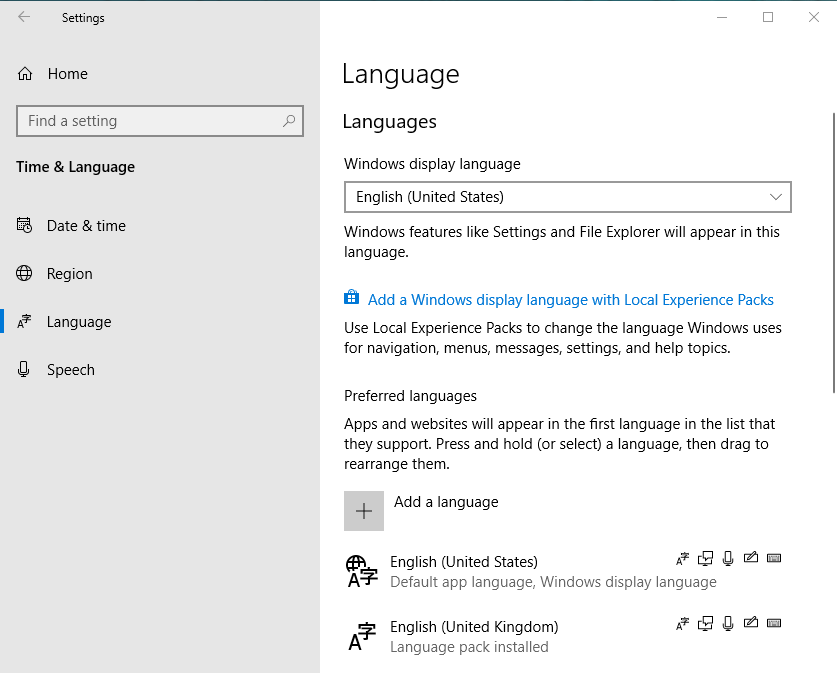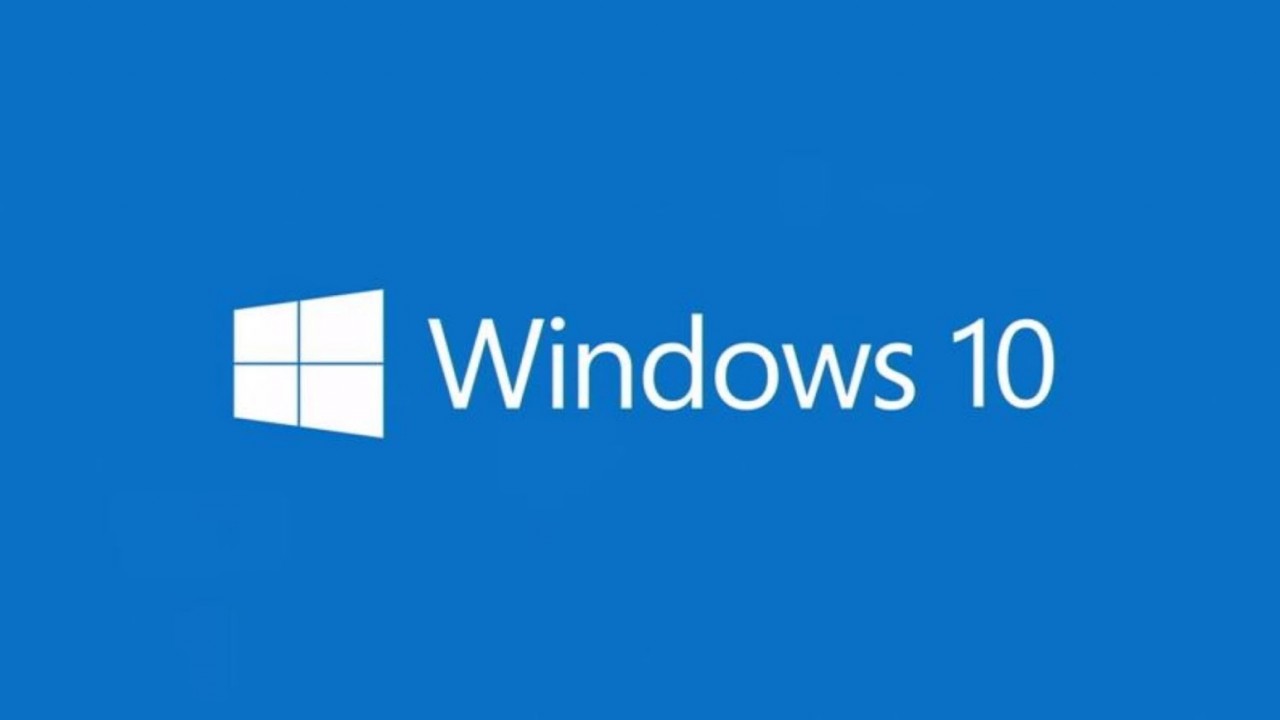What Are Windows 10 Local Experience Packs?
Microsoft is slowly reducing reliance on legacy components in Windows 10. That is evident in work done on moving Control Panel settings to the new Settings app. It’s a work in progress but with every release of Windows 10, more features can be configured in the Settings app. You may recall that in November 2018, Intel released its first Universal Drivers for Windows 10. Microsoft announced that starting in Windows 10 1809, all devices would need a single driver that works across different device types. For example, Windows 10 IoT and Windows 10 in S Mode. See Everything You Need to Know About Windows – November 2018 on Petri for more information.
Universal Windows Drivers can be installed using a legacy installer or via the Microsoft Store or the Microsoft Store for Business. That is key because some editions of Windows, like Windows 10 in S Mode, can’t run legacy installers. And going forwards, it is likely that more editions of Windows will be restricted in this way.
Local Experience Packs
On that note, Microsoft introduced Local Experience Packs (LXPs) in Windows 10 version 1803. Language Experience Packs allow you to change the language Windows uses for interface elements, like menus, dialog messages, settings, and help topics. LXPs are AppX packages containing language packs designed for delivery using the Microsoft Store or the Microsoft Store for Business, allowing LXPs to be updated automatically. Additionally, users don’t need to wait for a Windows 10 feature update to get improved translations. Users can also provide feedback on LXPs using the Language Community app from the Microsoft Store.

Windows 10 Images
As part of the transition to LXPs, Microsoft is gradually retiring legacy language packs. Microsoft supports file-based language packs (lp.cab files) and Language Interface Packs (LIPs) via the language pack ISO files that are distributed with Windows 10. But starting in version 1809, there won’t be any lp.cab files for LIPs. In Windows 10 version 1809, all legacy language packs – lp.cab files – have been retired. System administrators will need to add the corresponding LXP(s) to their images. Full languages (SKU languages) still require the relevant lp.cab file. LXPs can be added to Windows 10 images using the Add-ProvisionedAppXPackage PowerShell cmdlet. In the future, LXPs will be part of the language pack ISOs. For more information, check out Microsoft’s website here.

It’s worth noting that if your organization blocks access to the Microsoft Store, then users will only have access to the translations that were shipped with the installed version of Windows 10. End users can acquire LXPs from the Microsoft Store or from the Language page in the Settings app.




